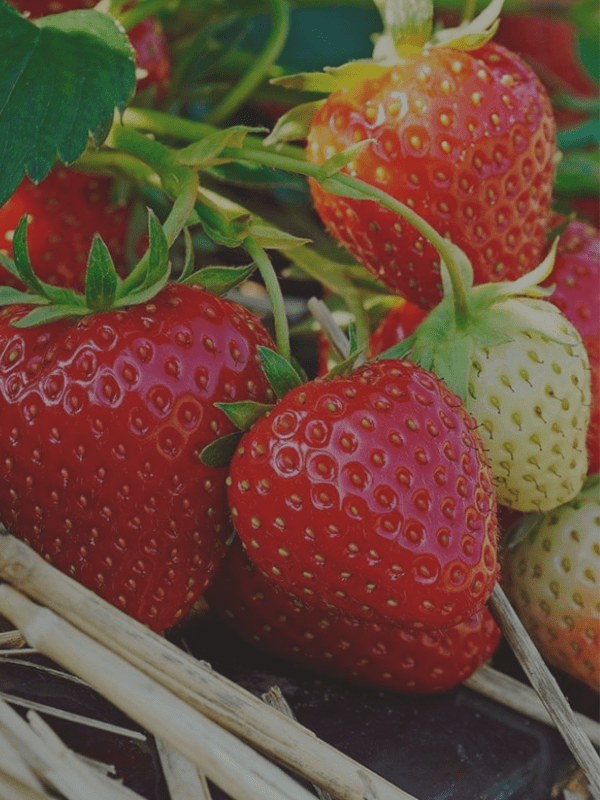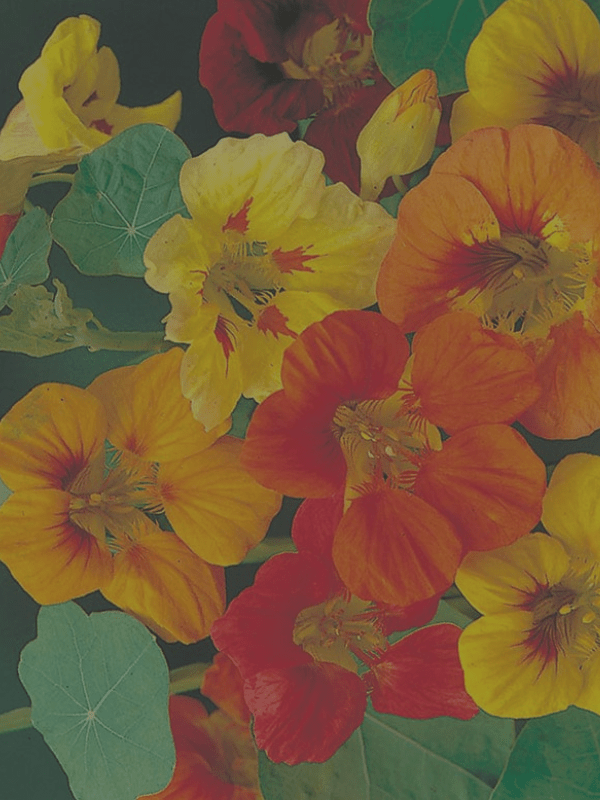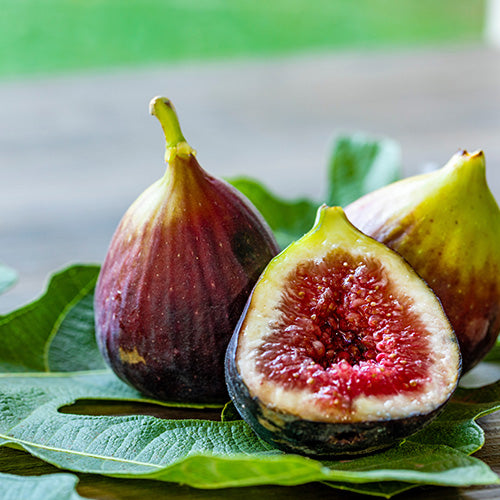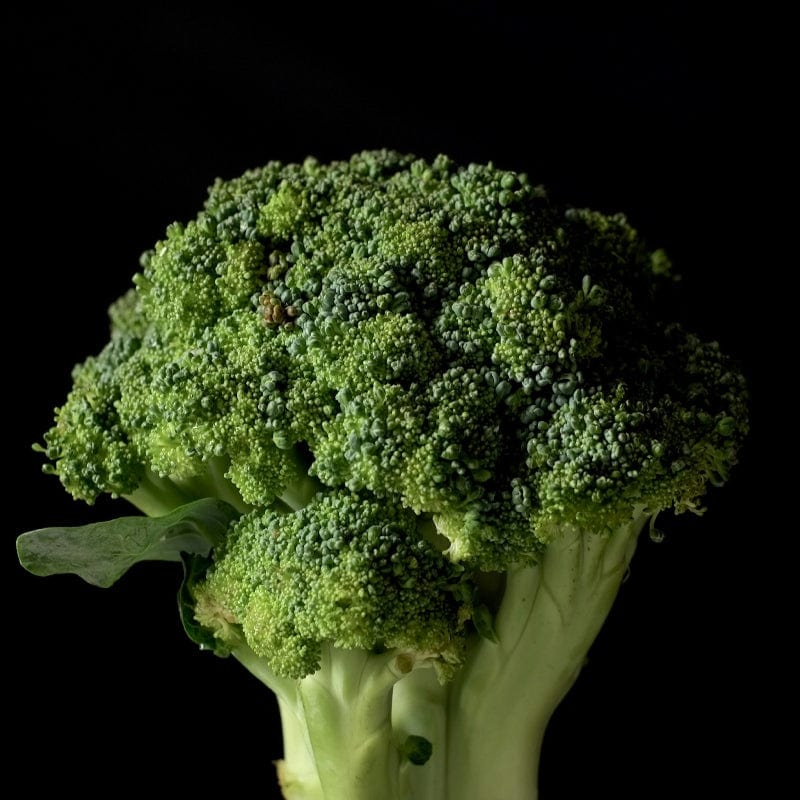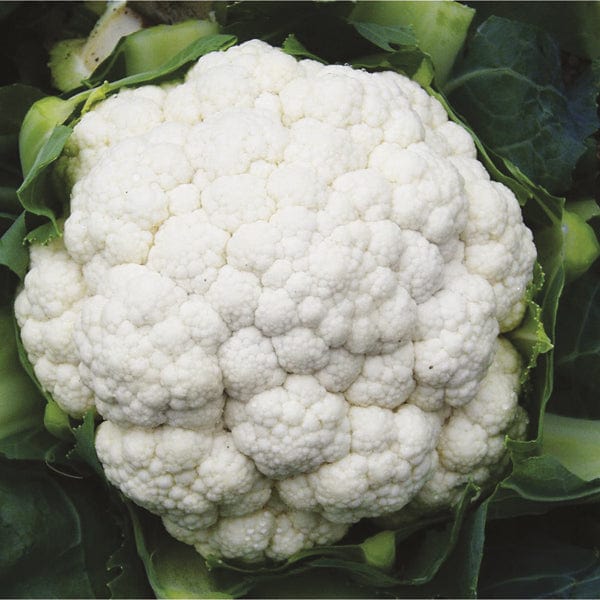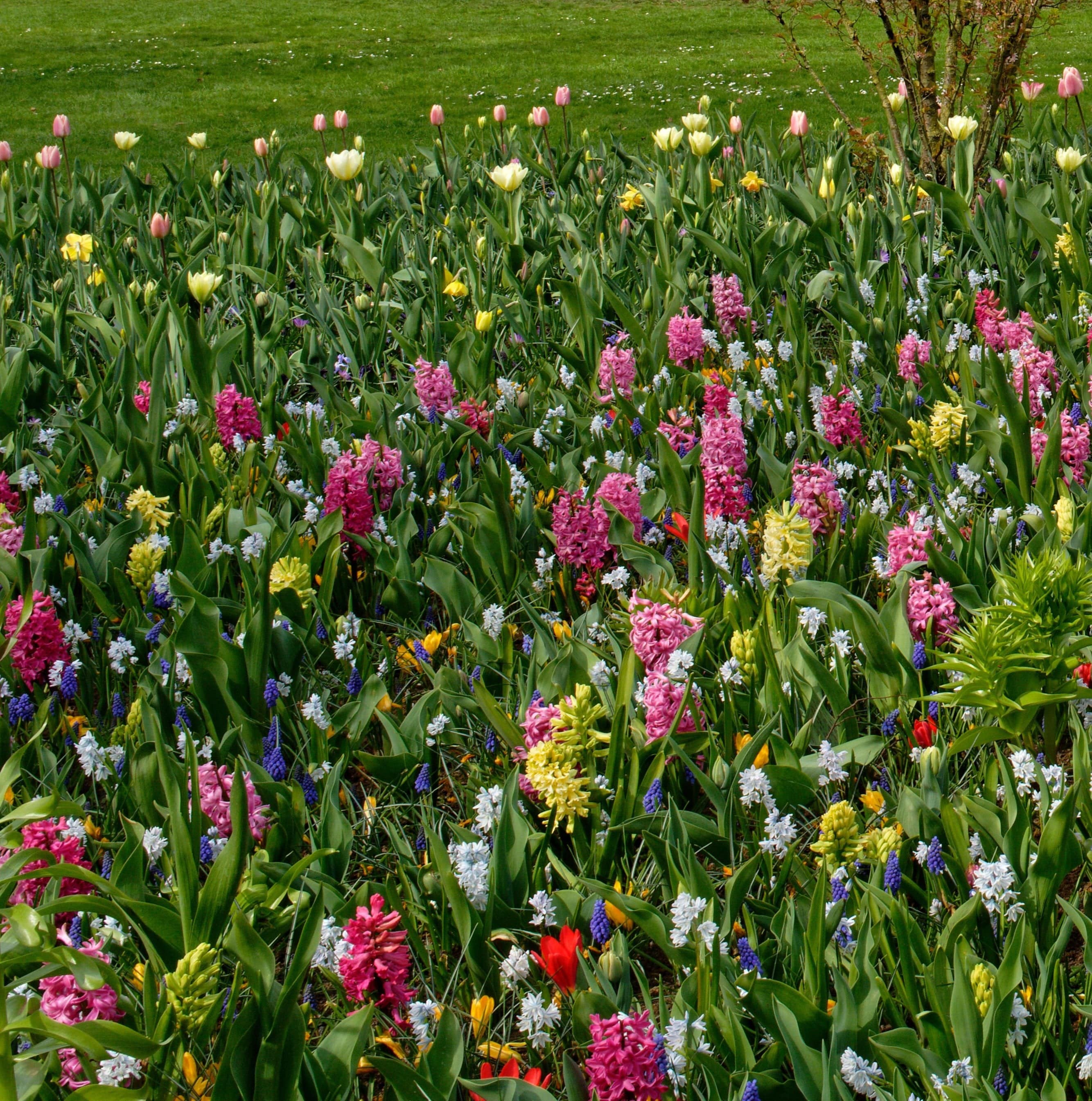Originating in Western Asia, figs need plenty of sun and warmth. In favourable areas of the south and west they can be trained as free-standing bushes but, in most of the southern half of the country, they are best trained on a warm south- or west-facing wall. Elsewhere, they should be grown in large containers which can be moved inside, e.g. into a shed, during severe weather.
Figs can be grown on many different types of soil as long as drainage is good. They do not, however, require a very rich soil as this may lead to excessive growth. For trees that are to be trained in a bush form, plant 3.6m (12ft) apart, and for those intended as fans allow 3.6-4.5m (12-15ft) between them. For figs to be fruitful it is essential to restrict the roots so as to control growth. When grown in the ground it is traditional to plant each tree in a 'fig pit', which is an open-bottomed box made of four 60x60cm (2x2ft) paving slabs set into the ground so as to leave only the top inch or so of each showing. The bottom of this box is tightly packed with brick rubble to a depth of about 22cm (9in) and the remainder filled with a loam-based compost. An easier alternative to constructing a pit is to plant in a large tub or pot, about 40cm (16in) in diameter, and to sink this into the ground.
Apply a slow-release fertiliser at recommended rates around each tree in February and mulch with organic matter, such as well-rotted manure or weed-free garden compost. Spread the mulch on the surface of the ground in spring while the soil is still moist from winter rain. When trees are carrying a heavy crop, apply a high potash liquid tomato fertiliser every two weeks during the period when the fruits are swelling. Due to the restricted root growth, trees will need regular watering in any dry spells throughout the growing season, even when fully established. The roots must never be allowed to dry out. During spells of severe winter weather, it is advisable to cover outdoor figs with fleece to protect the young fruits. Trees grown in containers will need repotting every 2 years in March.
Pruning
The trees we supply can be trained into bushes or fans or any other required tree form. However, these notes cover only the training required for the bush form. Plants grown in movable containers are best trained as bushes while those on walls are generally trained as fans. [For more on this subject we can recommend Dr D G Hessayon’s 'Fruit Expert' which is widely available and inexpensive].
Choose a sheltered, sunny area of the garden away from cold drying winds. Although raspberries tolerate part shade, they fruit best in sun. Plant in rows 1.8m (6ft) apart, each running north to south to catch maximum sunlight and supported on a system of posts and wires about 1.8m (6ft) in height. Strain wires horizontally between the posts at 60cm (2ft) intervals, starting with the first wire at about 45cm (18in) from the ground and rising to the last wire at about 1.7m (5½ft) high.
Pruning is carried out in the winter, between November and March, when the trees are dormant. A bush-form tree has an open centre and a clear stem or trunk up to 75cm (30in) long. To achieve the necessary well-balanced shape and strong branch framework, some formative pruning is necessary in the first 3-4 years.
If a newly planted tree already has several side shoots, cut back the main stem to leave 3 or 4 of these at about 75cm (30in) from the ground. Then cut back these side shoots by about two thirds of their length to an upward or outward-facing bud and completely remove any shoots coming from lower down on the main stem. If the young tree has no side shoots, look for a strong bud at about 75cm (30in) with 2-3 other good buds below it, and then cut the stem back to just above this bud. It the tree has some side shoots but not enough then the method should be modified accordingly.
In the second or third year, when the first side shoots have themselves branched, cut back the leading shoot from each by about half. Then select sufficient good laterals to fill any gaps in the branch framework and similarly shorten these by half. Cut any other laterals back to 4 buds.
For well-established bushes, pruning consists of pinching back all young shoots to 5 leaves in June and removing any dead wood in spring.
Fruiting
Figs are self-fertile and so have no need of pollinators. They are unusual in that they set more than one crop of fruit in a year and that fruits need a full year to mature. As it is only those that set in late summer that will ripen in our climate (the following autumn) all others that are produced should be removed in October or November. At this time the ones to keep are about the size of a pea and are to be found near the ends of the shoots. Larger ones, cherry-sized and above, found lower on the shoots will have set earlier in the year and should be taken off. In warmer climates, these larger ones would ripen in winter but, unless you can move plants to a greenhouse where a temperature of at least 13°C (55°F) can be maintained, they will not do so in Britain. Fruits ripening in early autumn are ready when they colour, become soft and hang downwards.

